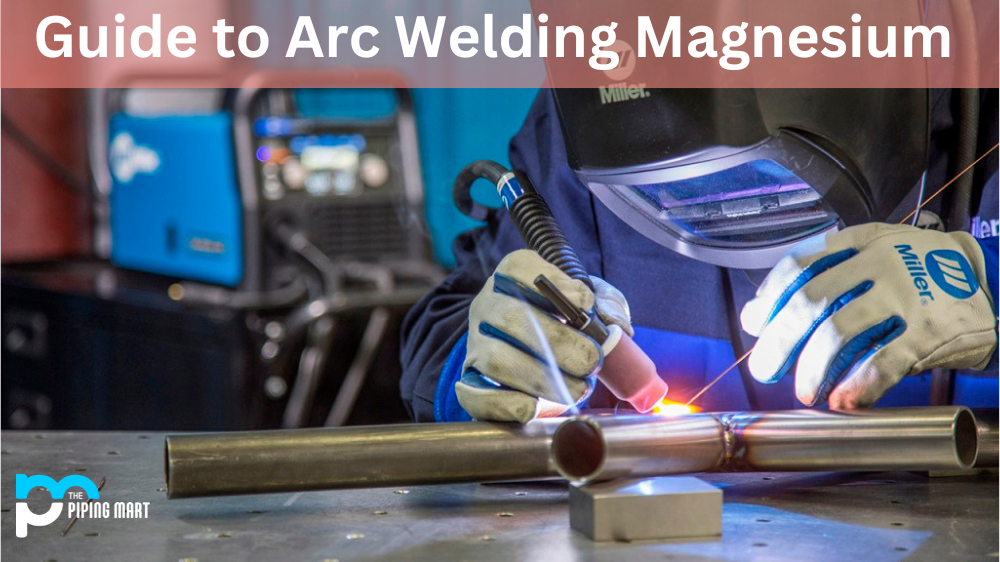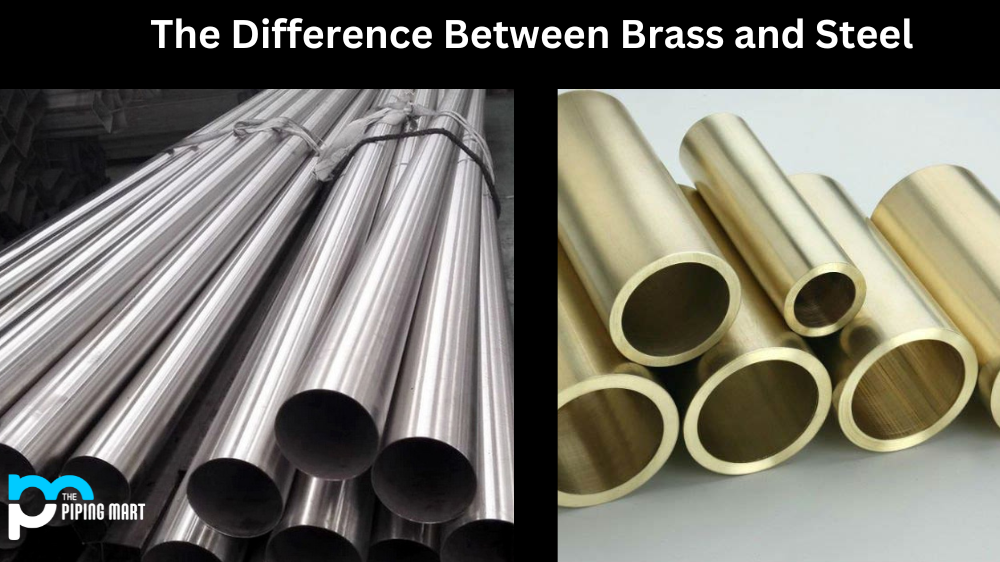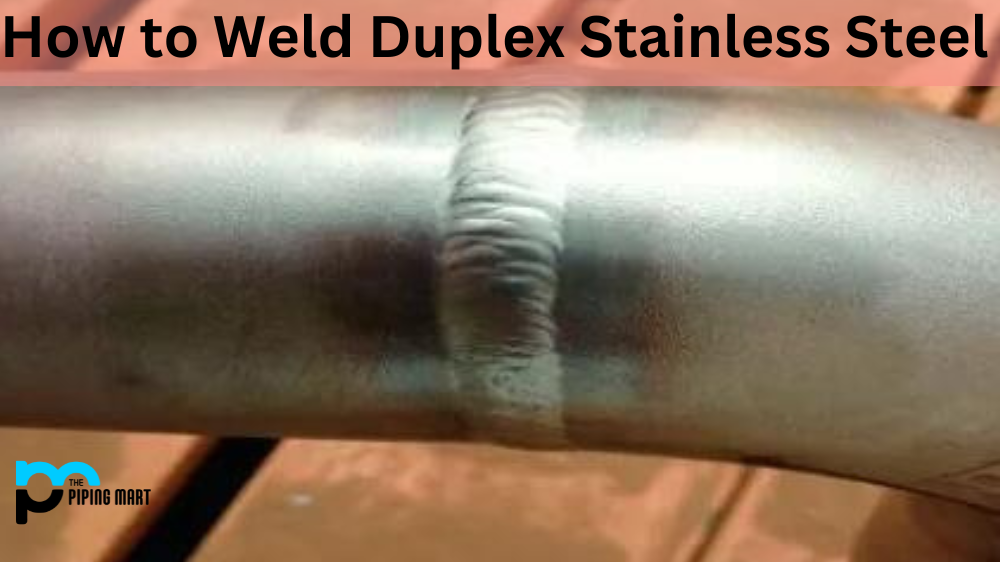If you’re in the manufacturing business, you know that brazing stainless steel to aluminium can be tricky. As metals with vastly different properties, welding them together requires specific techniques and tools. But if done correctly, you can produce a strong and reliable joint that can last for years. Let’s break down the basics of Brazing from stainless steel to aluminium.
Process
Brazing stainless steel to aluminum is a process where two metals are brought together and joined using a unique alloy material called filler metal. The filler metal melts at a lower temperature than the base materials, allowing it to bond without melting the base materials themselves. The end result is two separate parts that look like one solid piece after bonding.
When brazing stainless steel to aluminum, several steps are involved in the process, including preparation of the parts, cleaning and preheating, applying flux and filler metal, and post-weld cleaning. The key is selecting the correct type of filler metal for your application – one with an appropriate melting point and chemistry for joining these two metals together. It’s also important to use an appropriate flux material – one with good wettability on both materials being joined – to evenly coat both pieces before applying heat.
Tools needed for Brazing
To properly braze stainless steel to aluminium, you need some specialized tools such as a torch or induction heating system (for heating up parts), a variety of clamps (to hold pieces together during Brazing), adequate ventilation (to disperse fumes), protective gear (gloves and face mask) as well as safety glasses or goggles (to protect eyes from sparks). A quality set of tweezers may also come in handy when applying flux or positioning small parts during the brazing process.
Conclusion:
Brazing stainless steel to aluminum involves many steps, but if done correctly, it can create an incredibly strong joint that will last for years. It’s essential to choose the right brazing filler metal based on your application needs and select an appropriate flux material for your particular job. Additionally, having all necessary tools, such as torches or induction heating systems, along with protective gear, are essential when attempting this complex task. With patience and practice, you can master this technique!

A passionate metal industry expert and blogger. With over 5 years of experience in the field, Palak brings a wealth of knowledge and insight to her writing. Whether discussing the latest trends in the metal industry or sharing tips, she is dedicated to helping others succeed in the metal industry.




